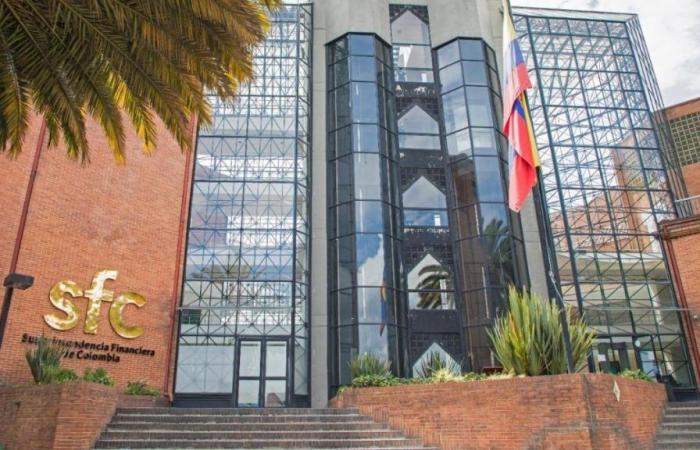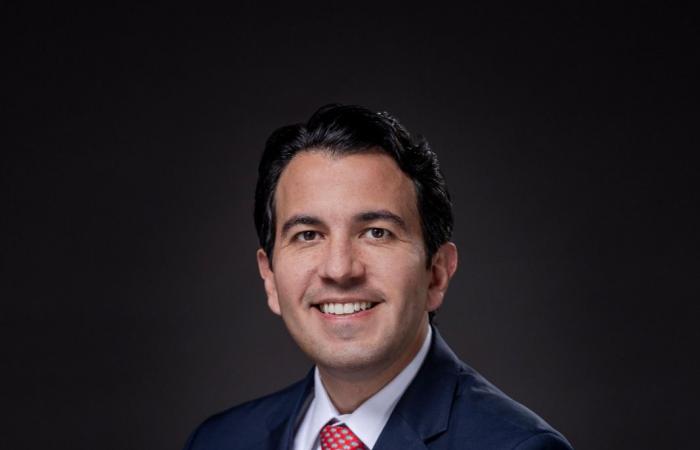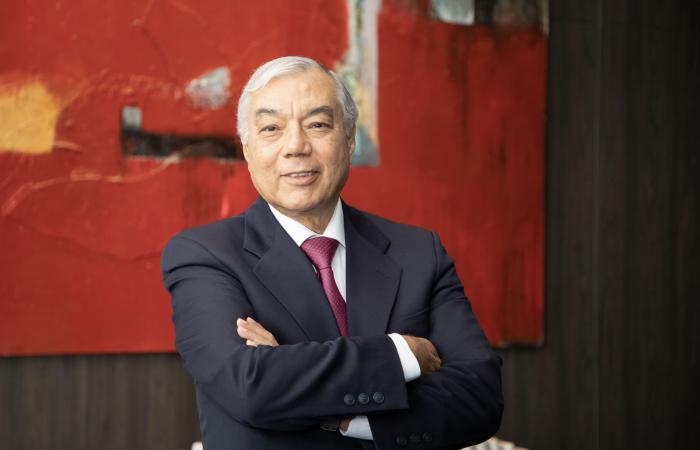The last year has not been the best for the Colombian financial sector, which has not only seen its profits decrease but some of its entities have even ended up with red numbers on their balance sheets. The most recent report from the Financial Superintendency as of April shows that the profits of the group of monitored establishments fell more than 46.3 percent annually. Within these, those of credit institutions contracted 42 percent annually and, in particular, those of banks fell 33 percent in the same period.
According to the criteria of
Until the end of last April, 27 monitored by the Superfinanciera reported losses, of which 11 were banks and the rest corresponded to financing companies, financial corporations and an official entity. In that last year, five entered that group of establishments with negative results.
The Superfinanciera itself, the Bank of the Republic, as well as the Association of Banks and Financial Entities (Asobancaria) have reiterated that despite this situation, the Colombian financial system ‘enjoys very good health and solidity’, and that its solvency and liquidity indicators confirm this, as it is several points above the minimum requirements.
According to the surveillance entity, “The total solvency of the banks was 16.2 percent, 48.5 percent for financial corporations, 16 percent for financing companies and 38.1 percent for financial cooperatives.”“, at the end of last April.
The operations
When Malagón arrived at Asobancaria, Colombia’s financial inclusion was 81 percent. Today it is above 92 percent.
Photo:Photo: Asobancaria
Jonathan Malagón, president of Asobancaria, not only warns that the solidity of the financial system is not only evident without the entities’ shareholders being committed to maintaining their equity strength and pointed out that in the last year 12 capital injections have been made to nine establishments in the sector.
The surveillance and control body of the Colombian financial system attests to these processes and warns that the injection of resources, which exceeds 2.8 trillion pesos between executed operations and some that are to come, have been carried out through two ways: direct capitalization and through subordinated debt.
Among the entities whose shareholders have completed the capitalization process before the Superfinanciera are Scotiabank Colpatria, Banco Falabella, Banco Popular, Banco Pichincha, Mibanco, Bancamía, Lulobank and the financing companies Tuya, Iris, Juriscoop and Rappipay.
As recalled, one of the largest capitalizations carried out this year was that of Banco Davivienda through an issue of shares that represented ‘fresh’ resources from its shareholders in the order of 720,000 million pesos.
In April of this year, the directors of BBVA Colombia announced that the entity will issue ordinary shares for up to the equivalent in pesos of 220 million euros (about 950,000 million pesos) for future capitalizations, in order to continue executing its plan. strategic in the country.
“The resources, resulting from the issue, will be allocated to the growth of the operation in Colombia, in line with the organic growth strategy and with the pace of investment that the entity has been making in the country.and will also allow them to strengthen their capital rates, maintaining appropriate management margins above the regulatory minimum in a context of growing demands,” they indicated.
Greater commitment

Jabar Singh, president and CEO of Scotiabank Colpatria
Photo:Scotiabank Colpatria
Jabar Singh, president of Scotiabank Colpatria, told EL TIEMPO that the bank’s shareholders are committed to the bank and the country, and proof of this is the announcement of a new capitalization of the entity.
“In 2023 we capitalized the bank for 250,000 million pesos in an operation that we announced in July and that was crystallized in October of that same year. Last May, at a shareholders meeting the next capitalization required by the bank in 2024 was agreed. with a view to taking care of two fundamental indicators, solvency and liquidity, in which there are good levels. “Colombia has a robust financial system from a capital point of view and ready to support the reactivation that the country requires,” said the manager.
He clarified that the amount has not yet been defined and that this decision ratifies the five-year strategic plan that begins in 2024 until 2028, supporting the three lines of business they have in personal banking, wealth banking, and corporate and business banking. .

César Ferrari arrived at the Financial Superintendency about 11 months ago, since then he has been modernizing the supervision of the financial sector.
Photo:Financial Supervision
For César Ferrari, Financial Superintendent, it is clear that shareholders are injecting more resources into the entities because they are convinced of their interest in continuing to do business in a sector that is solid. “Capitalizations are made based on whether you see a future for that capitalization, because investing money to continue losing money doesn’t make much sense,” he says.
What the Superfinanciera statistics show is that 11 entities have carried out direct or subordinated debt capitalizations in order to raise their solvency indicators.. “Direct capitalizations are close to 1.1 trillion pesos and subordinated debt is close to 1.7 trillion. Therefore, in total capital has been injected for 2.8 trillion pesos, maintaining solvency indicators above the regulatory level. The weighting of the entire financial system is 17.6 percent,” the official stressed.
As mentioned by Ferrari, the capitalization of Banco Popular was with subordinated debt; that of Scotiabank Colpatria, Banco Falabella and Tuya a mixture of direct injection of resources and subordinated debt; while those of the Pichincha, Mibanco and Lulobank banks were direct capitalizations.









